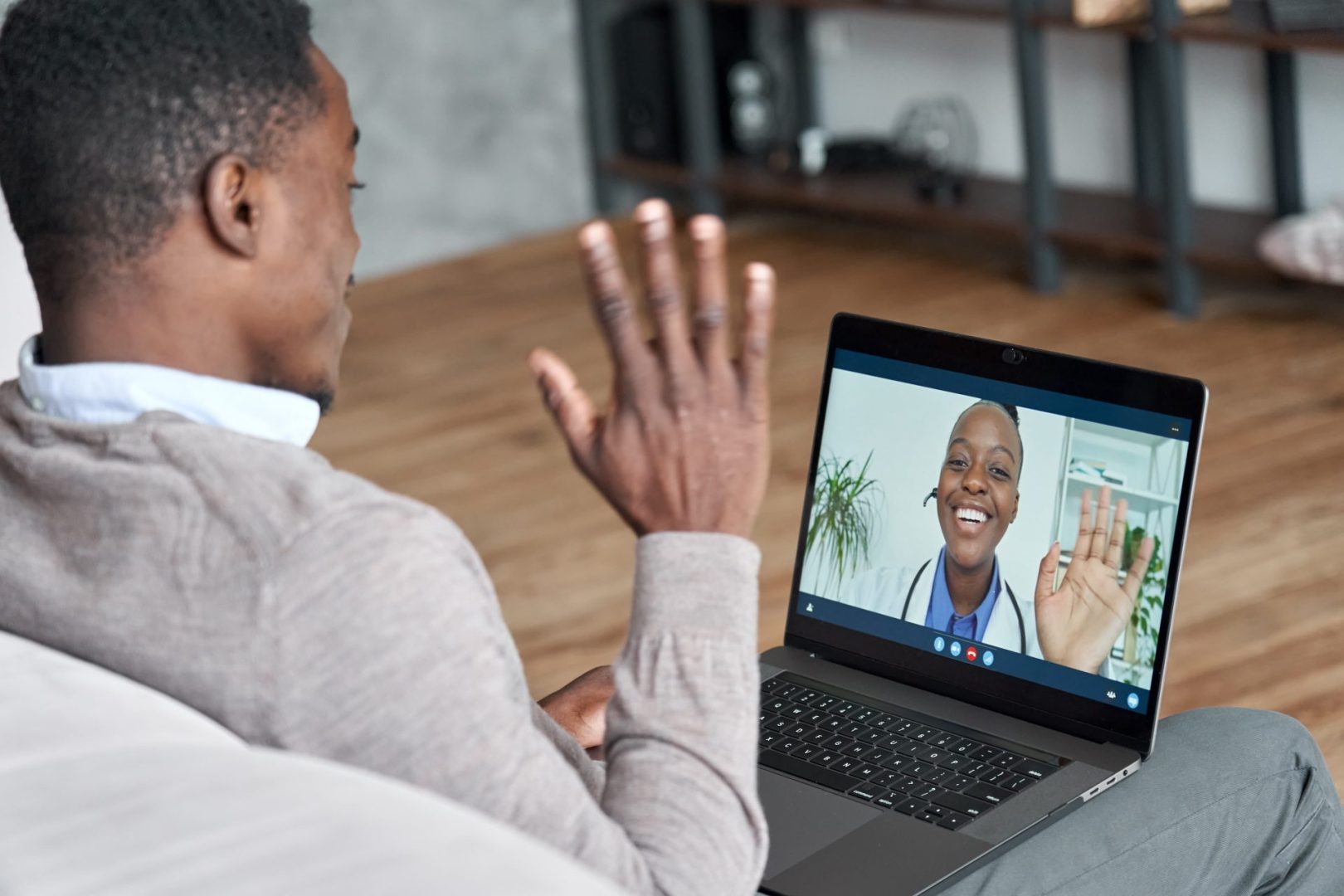The quiet hallways of American hospitals in early 2020 marked an unprecedented shift in medical care delivery. As traditional healthcare facilities grappled with overwhelming patient loads, a technological revolution was taking root in living rooms across the nation. Within months, millions of Americans would discover that effective medical care could happen right from their kitchen tables.
The rapid rise of virtual care
- Virtual consultations have fundamentally altered how patients interact with their primary care physicians. Regular checkups, prescription renewals and routine health monitoring now often begin with a device login rather than a waiting room magazine. This shift has particularly benefited working parents, who previously struggled to balance medical appointments with professional obligations.
- The mental health sector experienced perhaps the most dramatic transformation. Therapists and psychiatrists quickly adapted their practices to virtual platforms, leading to a substantial increase in first-time mental health seekers. The privacy and convenience of home-based sessions removed significant barriers to mental healthcare access, especially for younger patients who might have hesitated to seek in-person treatment.
- For patients with ongoing health conditions, telemedicine has introduced a new era of proactive care. Remote monitoring devices now transmit vital health data directly to healthcare providers, enabling real-time adjustments to treatment plans. This continuous connection between patients and providers has shown promising results in reducing hospital readmissions for conditions like heart failure and diabetes.
- In America’s rural communities, where the nearest specialist might be hours away, telemedicine has become a crucial lifeline. Local clinics now connect patients with specialists across the country, providing expertise previously unavailable in remote areas. This development has particularly impacted specialized care access, from pediatric consultations to oncology follow-ups.
- Virtual platforms have revolutionized preventive healthcare delivery. Nutrition counseling, smoking cessation programs and wellness coaching have found new effectiveness through regular, convenient virtual check-ins. This accessibility has led to higher participation rates in preventive care programs, potentially reducing long-term healthcare costs.
Breaking down the technology barrier
The widespread adoption of telemedicine has sparked innovative solutions to technology access challenges. Community health centers have established virtual care stations, providing necessary equipment and technical support for patients who lack personal devices or reliable internet connections. These initiatives have helped bridge the digital divide that initially threatened to limit telemedicine’s reach.
Healthcare organizations have invested significantly in user-friendly platforms and patient education programs to ensure successful virtual care experiences. Many facilities now offer technical support services specifically designed to help older adults and less tech-savvy patients navigate virtual care platforms. Mobile health units equipped with telehealth technology have been deployed to serve communities with limited internet access, ensuring that technological barriers do not prevent access to care.
Economic implications of virtual care
Healthcare economists have noted significant cost reductions associated with telemedicine adoption. The elimination of physical office overhead for routine consultations has allowed some practices to reduce fees. Additionally, patients save on transportation costs, childcare expenses and lost wages from taking time off work.
Studies indicate that healthcare systems implementing comprehensive telemedicine programs have reduced their operational costs by 15-25%. These savings often translate into lower patient costs and increased accessibility to care. The reduction in unnecessary emergency room visits and hospital readmissions has contributed to substantial cost savings for both healthcare systems and insurance providers.
Privacy and security in the virtual age
Healthcare providers have implemented robust security measures to protect patient confidentiality during virtual consultations. Medical platforms now utilize advanced encryption protocols, securing sensitive health information from cyber threats. This technological foundation has helped establish patient trust in virtual care systems.
The healthcare industry has developed comprehensive security frameworks specifically designed for telemedicine applications. These systems incorporate multiple layers of protection, including secure video conferencing platforms, encrypted data transmission and strict authentication protocols. Regular security audits and updates ensure that patient information remains protected as technology evolves.
Insurance adaptation and coverage
The insurance industry has undergone substantial policy revisions to accommodate telemedicine services. Many providers now offer equal coverage for virtual and in-person visits, recognizing the cost-effectiveness of remote care. This parity in coverage has been crucial in maintaining telemedicine’s momentum beyond the initial crisis period.
Insurance companies have expanded their telehealth coverage options, including remote monitoring services and virtual specialist consultations. The industry has also streamlined the reimbursement process for virtual visits, making it easier for healthcare providers to offer these services. Some insurers have introduced specialized telehealth plans that provide comprehensive coverage for virtual care services.
Looking toward tomorrow
The healthcare landscape continues to evolve as medical professionals discover new applications for virtual care. Artificial intelligence integration promises to enhance diagnostic capabilities, while improved mobile technology may further expand access to specialized care. The future of healthcare will likely blend traditional in-person care with virtual services, creating a more flexible and accessible medical system for all Americans.
















